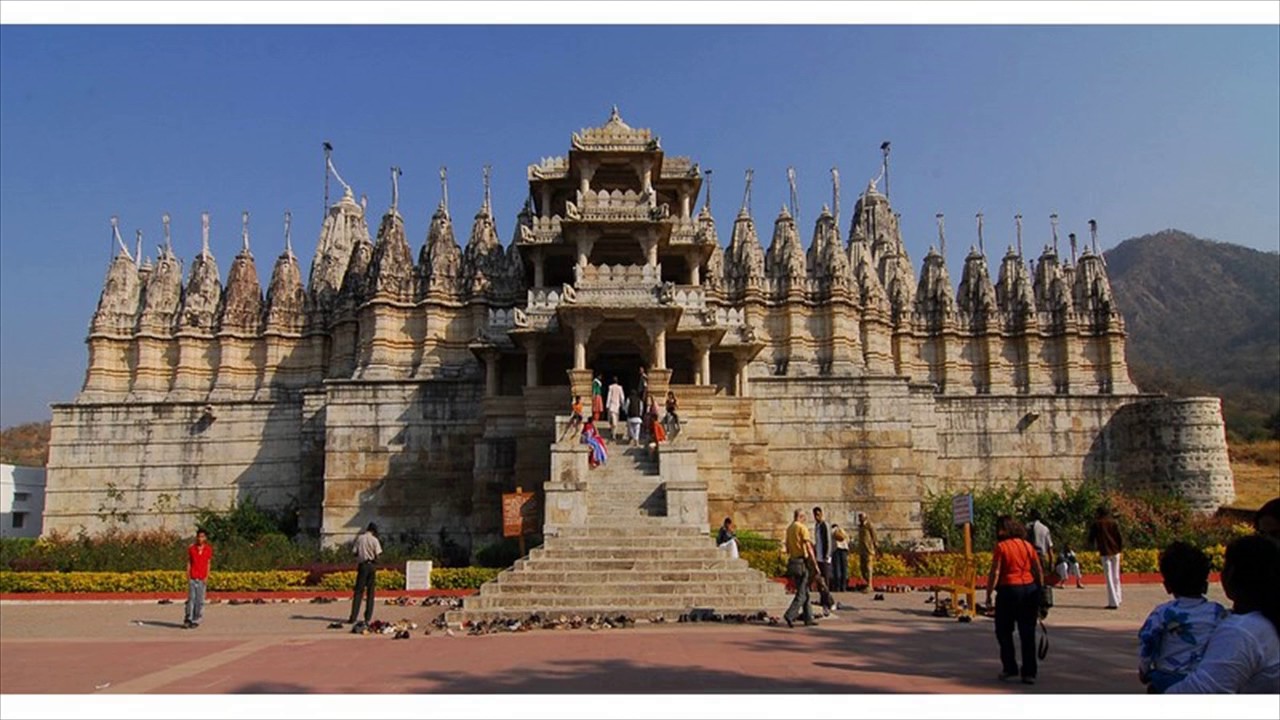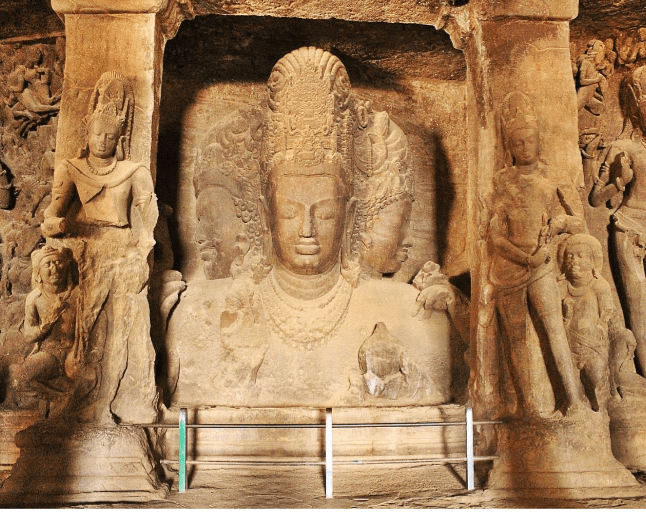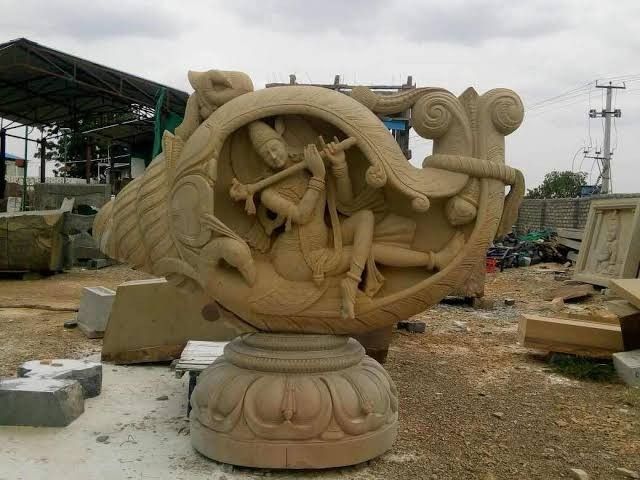The Dilwara temple is the place that gives the focus for all aspects of daily life within the Hindu community – spiritual, cultural, academic and social.
All aspects of the Hindu temple specialize in the goal of enlightenment and liberation – the principles of style and construction, the types of its design and decoration, and also the rituals performed.
Famous Dilwara Temples
The construction of the temple of the temple follows in 3-dimensional type precisely the pattern arranged out by the figure. The connection between the underlying symbolic order and also the actual physical look of the temple will best be understood by seeing it from the bird’s eye view that was after all not possible for humans till quite recently.
Most ancient stone temples were the results of royal patronage. Although they were designed for the advantage of the total community, they were adding an expression of the devotion and piety of the ruler.
It absolutely was thought that by building a temple the patron would perpetually have peace, wealth, grain, and sons. It would conjointly guarantee fame and even immortality.
Among those are the Dilwara Jain temples. Situated near Mount Abu in Rajasthan, they are famous for their beautiful, artistic work of marble. It was built from 11th- 13th century by Vastapul Tejpal, a Jain layman.
There are 5 legendary marble temples which are considered sacred pilgrimage by the Jain community. These 5 shrines are dedicated to Lord Adinath, Lord Rishabdeo, Lord Neminath, Lord Mahavir Swami and Lord Parshvanath respectively.
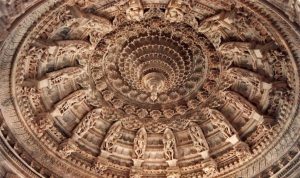
Set amidst the picturesque hills of Mt. Abu, this creation with its intricately carved ceilings, pathways, pillars, and panels highlight the aesthetic appeal of this temple. because of its exemplary craftsmanship on the marble stone, it is considered as the most stunning pilgrimage sites of Jains.

Each shrine’s name is dedicated to the village where it is located namely-
- Vimal Vasahi
- Luna Vasahi
- Pithalhar Vasahi
- Parshvanath Vasahi
- Mahavir Swami Vasahi
Out of all these, the most popular ones are the Vimal and Luna Vasahi.
THE 5 UNIQUE TEMPLES-
- VIMAL VASAHI
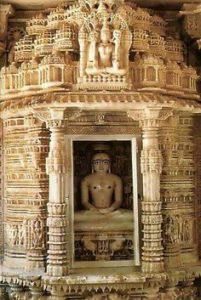
This is the first Jain temple dedicated to Lord Adinath, the first Jain Tirthankara. Built in 1021 by the Solanki Maharaja of Gujarat, Vimal Shah, it is erected in an open square encircled in a passageway.
The ceiling is festooned with flowers, petals, and lotus patterns along with murals depicting scenes from mythology.
There is a huge hall called Rang Mandap, consisting of 12 ornamental pillars and beautifully carved out arches in the midst of a spectacular central dome. The temple comprises of a ravishing 9 rectangular ceilings recognized as the Navchowki.
Gudh mandap is the main hall where the idol of the Lord remains. Another feature is ‘Hathishala’, where the lane of sculpted elephants is displayed.
- LUNA VASAHI
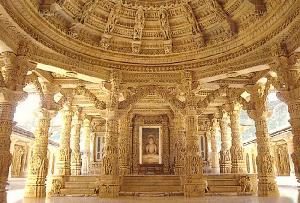
It is the 2nd most important temple. Built in 1230 by Bhima Seth, the temple comprises a huge image of Lord Neminath, the 22nd Jain Tirthankara. The main hall is called Rang Mandap, which comprises a central dome with a carved pendant.
72 figures of Tirthankaras remain positioned around the hall in a circular pattern. The Gudh mandap features the idol of the Lord in black marble. Kirti Stambha is the black stone pillar situated on the left side of the temple.It was constructed by Maharaja Kumbh of Mewar.
- PITTHALHAR TEMPLE
This one was built by Bhima Shah, a minister of the Sultan Begada of Ahmedabad. This is again dedicated to the first Tirthankara where there’s an image of the same made up of 5 metals and brass.
Due to this reason, it is known as the ‘Pitthalhara‘. In the Gudh mandap, big marble panch-tirthi sculpture of Adinath is placed. The shrine consists of main garbagriha, Gudh Mandap, and Navchowki.
- PARSHVANATH TEMPLE
This is dedicated to Lord Parshvanath and was built in 1458-59 by Mandlik and his family. It consists of 3- storied building, thereby, making it the tallest of all temples in Dilwara.
There are 4 big mandaps on all four faces of the sanctum. The outer walls comprise beautiful sculptures in gray sandstone, thus making it comparable to those of Khajuraho and Konark.
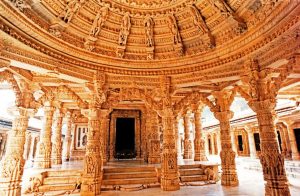
- MAHAVIR SWAMI TEMPLE
This was constructed in 1582 in the honor of Lord Mahavir. Although its small in size, the marvelous paintings and sculptures make it comparable to the remaining four. On the upper walls of the porch, there are paintings painted in 1764 by the artists of Sirohi.
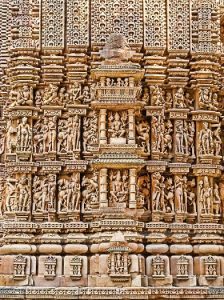
The temples have undergone lots of repairs along the timeline. Alauddin Khilji had attacked and damaged the temple in 1311. Since then a lot of repair work has been done by Bijag and Lalag of Mandore, Jaichand of Pathan, Yati Hemsagar, Anandji Kalyanji, in the years 1321,1906 and 1950-65 respectively.
The temples are currently being administered by Seth Kalyan Ji Parmanandji Pedi of Sirohi, who also runs a Bhojanshala (temple cafeteria) nearby.


